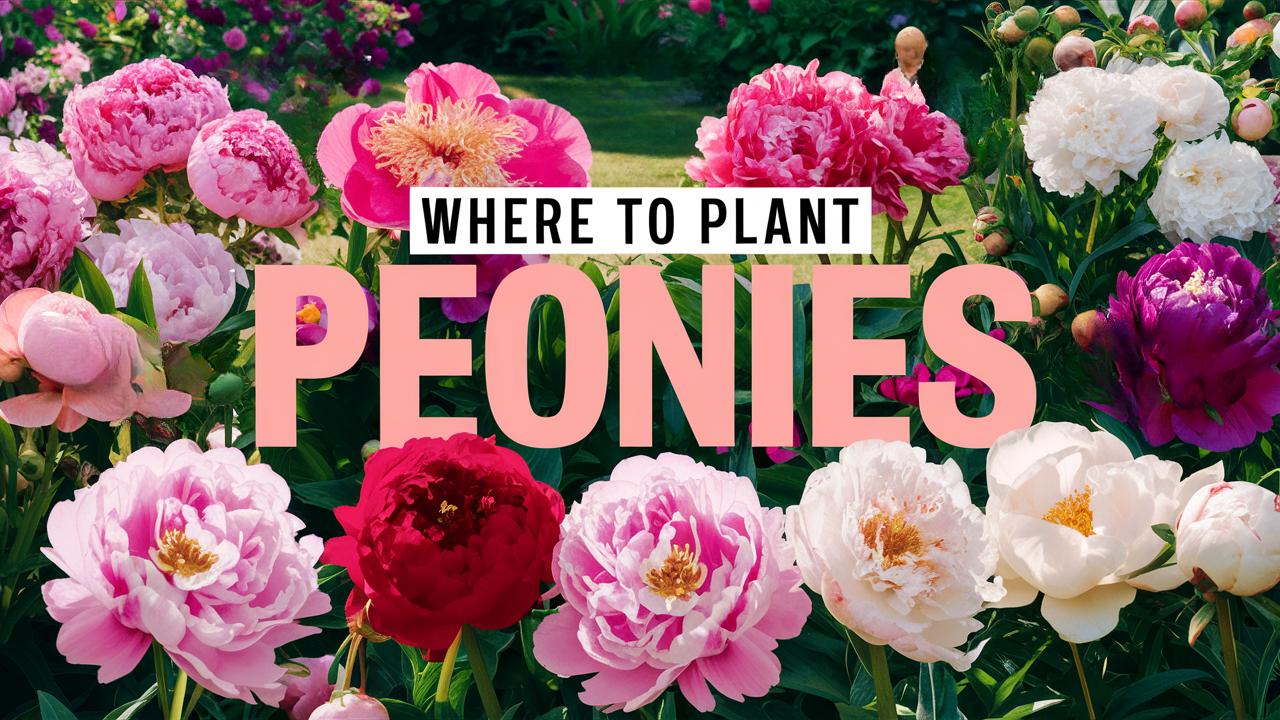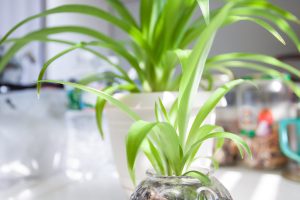This guide will explore the best practices, considerations, and steps to ensure your peonies flourish beautifully.
Understanding Peony Varieties

Before we delve into the specifics of where to plant peonies, let’s first familiarize ourselves with the different varieties of peonies available. This knowledge will aid in understanding their specific requirements.
Herbaceous Peonies: These are the classic garden peonies that die back to the ground after the frost. They typically yield large flowers in a variety of colors, making them a favorite among gardeners.
Tree Peonies: Unlike their herbaceous relatives, tree peonies possess woody stems and can grow quite tall. They produce breathtaking blooms that can be larger and more lavish than herbaceous varieties.
Intersectional (Itoh) Peonies: These hybrids combine traits from both herbaceous and tree peonies. They offer strong stems and vibrant colors, along with the benefit of richer foliage.
Understanding which type of peony you are planting is essential, as their requirements may slightly differ—especially in terms of care and planting positions.
Soil Considerations: A Solid Foundation for Growth

Peonies require well-draining, nutrient-rich soil to thrive. Before determining where to plant your peonies, consider the soil type and its pH:
Soil Type: Peonies prefer loamy soils that retain moisture but do not become waterlogged. Heavy clay or overly sandy soils can hinder their growth. If you’re dealing with clay, consider mixing in organic matter such as compost to enhance drainage.
pH Level: Peonies thrive best in slightly acidic to neutral soil, with a pH ranging from 6.0 to 7.0. You can test your soil’s pH and amend it if necessary. Lime can be added to raise the pH, while sulfur can help lower it.
Drainage: Adequate drainage is critical as peonies are prone to root rot if left in standing water. Elevating the planting area slightly can improve drainage, especially in those regions where heavy rains are common.
Sunlight Needs: Finding the Right Light
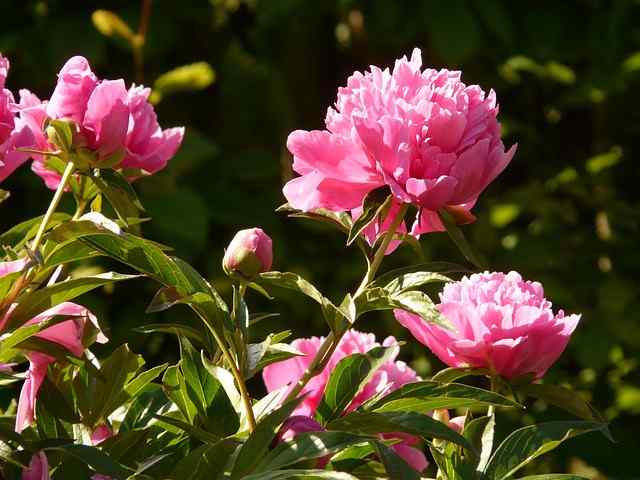
Light is one of the most vital components for successful peony growth. They are sun-loving plants and require:
Full Sun: Ideally, peonies should receive at least 6 to 8 hours of direct sunlight daily. This exposure promotes vigorous growth and ensures abundant blooms. A sunny spot in your garden, especially on the east or south side of your home, is perfect.
Dappled Shade: While full sun is optimal, peonies can also tolerate dappled shade, particularly in regions with exceptionally high temperatures. A little shade during the hottest part of the day is beneficial in avoiding wilting and sunburn.
Avoiding Excessive Shade: Too much shade can result in leggy plants that produce fewer flowers. If they do not receive enough light, you may find your peonies blooming fewer flowers, and their foliage could turn yellow.
Spatial Considerations: Planning for Growth

When planting peonies, spacing is key for robust plant development. Consider the following factors:
Plant Size and Height: Herbaceous peonies generally grow 2 to 3 feet tall, while tree peonies can reach up to 4 feet or more. Allow adequate space between plants to ensure good air circulation and sufficient room for mature growth.
Recommended Spacing: A good rule of thumb is to plant peonies about 3 to 4 feet apart. This spacing helps to prevent overcrowding and facilitates airflow, reducing the risk of fungal diseases.
Companion Planting: Consider the surrounding plants in your garden. Peonies pair well with a variety of flowers like delphiniums, irises, and roses. However, avoid overcrowding them with aggressive, sprawling plants that could overshadow their beauty.
Climate and Hardiness Zones: Know Your Environment
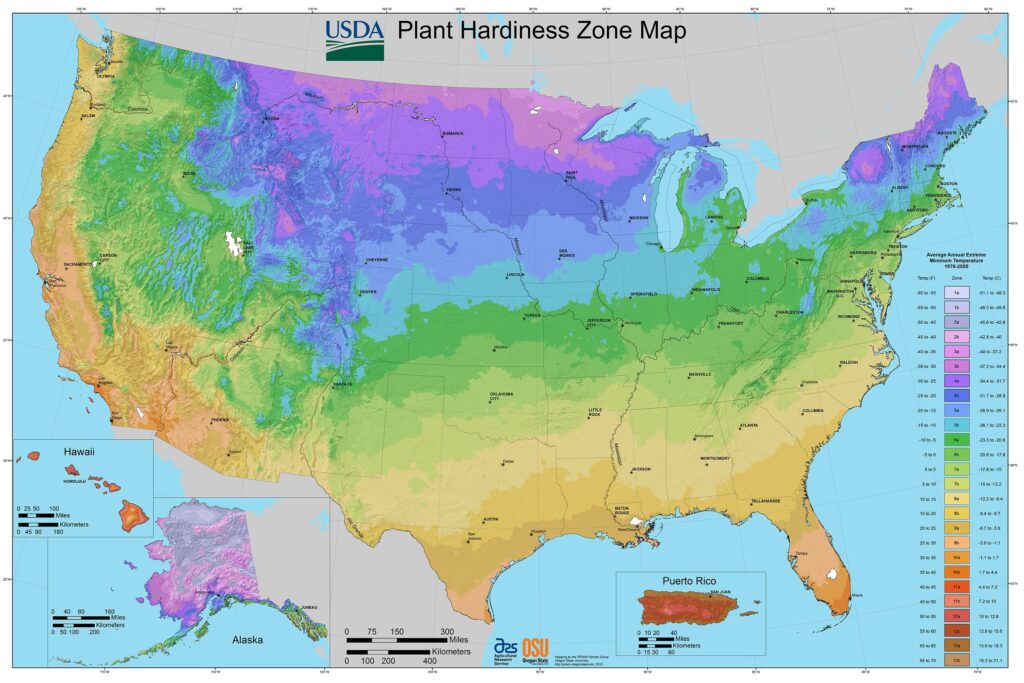
Understanding your local climate and hardiness zone is crucial when determining where to plant peonies. Peonies are typically hardy in USDA zones 3 to 8. Here are some considerations:
Local Climate: Peonies prefer a temperate climate with distinct seasons. They benefit from a cold winter as it allows them to undergo the dormancy they need for blooming in spring. In regions with extremely hot summers, it may be best to provide a little afternoon shade.
Hardiness Zones: Research your USDA hardiness zone to better understand the optimal conditions for growing peonies in your area. If you live in a warmer climate, consider planting peonies that are bred for heat tolerance, such as newer Itoh hybrids.
Frost Protection: While peonies require cold winters, late frosts can damage young shoots. If you live in an area prone to late spring frosts, planting your peonies in a slightly protected area, like near a south-facing wall, can provide some additional warmth.
Preparing the Planting Area: Giving Peonies a Strong Start

The preparation of your planting site cannot be overlooked. A little effort here can save you headaches down the road:
Clearing the Area: Begin by clearing the area of weeds, grass, and debris. This will ensure that your peonies are not competing for nutrients or water.
Testing Soil Drainage: Before planting, it’s a good idea to test your soil drainage. Dig a hole about a foot deep and fill it with water. If the water drains away within a couple of hours, your soil is well-draining. If not, consider amending it or choosing a different planting location.
Soil Preparation: Incorporate compost or well-rotted manure into the planting area to enrich the soil. Aim for a depth of at least 12 inches of good soil, mixed with organic material, to promote healthy root development.
Planting Peonies: Step by Step
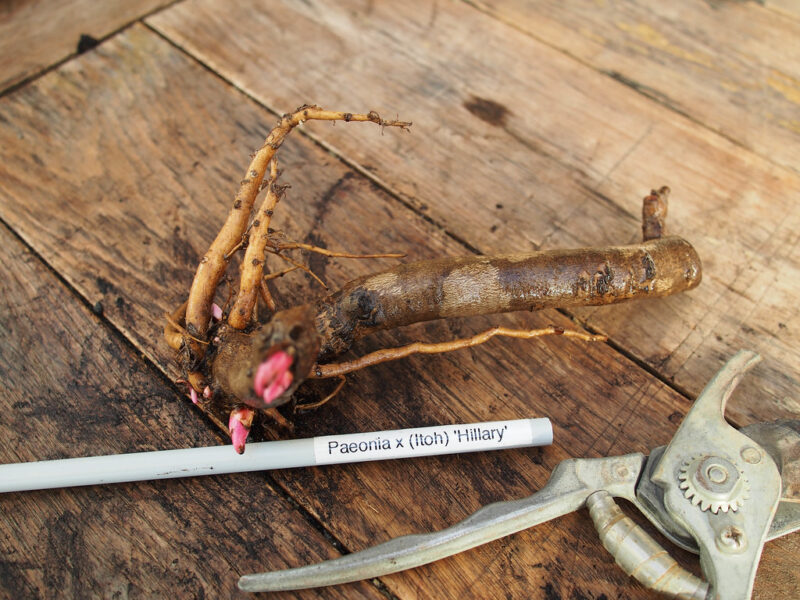
Now that your location is prepped and you’ve selected the right variety of peony, you can move on to the planting process:
Timing: The best time to plant peonies is in the fall, roughly 4 to 6 weeks before the ground freezes. This allows the roots to establish before winter. Spring planting is acceptable, but be mindful of their shorter growing season.
Digging the Hole: When you’re ready to plant, dig a hole that is wide enough to accommodate the peony’s root system. Typically, aim for a hole about 12 to 18 inches deep and at least twice as wide.
Planting Depth: Place the peony tuber in the hole with the eyes (the pinkish buds) facing upwards. The tuber should be planted so that the eyes are no more than 1 to 2 inches below the soil surface. Planting too deep can hinder flowering.
Backfill and Water: Once positioned, fill in the hole with soil, ensuring that it’s packed gently to remove air pockets. Water the area thoroughly after planting to help settle the soil around the roots.
Mulching and Watering: Ensuring Healthy Growth
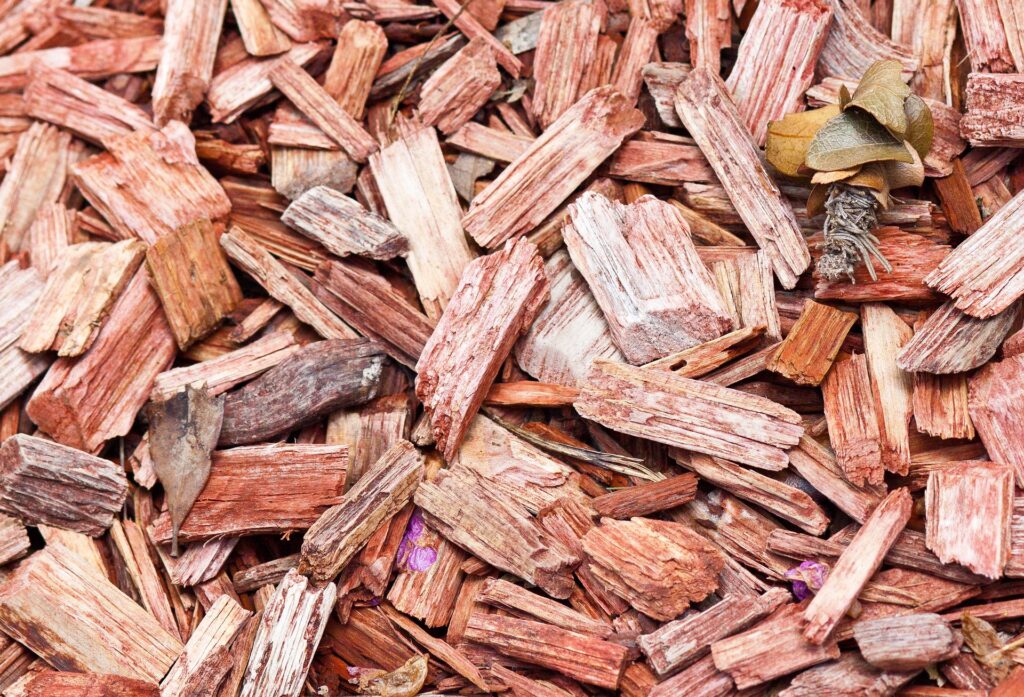
Post-planting care is crucial for peony success. Proper watering and mulching techniques can enhance growth:
Mulching: After planting, apply a layer of mulch (such as shredded bark or straw) around the base of the plant. This helps retain soil moisture and suppress weeds. Be cautious not to let the mulch touch the stems directly to avoid rot.
Watering: Peonies require consistent moisture, especially during their establishment phase. Water them deeply but infrequently. Early morning watering is generally best, allowing the foliage to dry out before evening.
Avoiding Overwatering: It’s essential to strike a balance; too much water can create a soggy root system, while too little will lead to wilting. Monitor your soil’s moisture levels, especially during dry spells.
Ongoing Care: Supporting Robust Growth and Blooms

With the right location and care, your peonies will thank you with vibrant blooms. Here are some ongoing care tips:
Fertilizing: Light fertilization in early spring can benefit peonies. Use a balanced, slow-release fertilizer to encourage vigorous growth. Avoid high-nitrogen fertilizers, as they can result in lush foliage but few blooms.
Cutting Back: Post-blooming, allow the foliage to die back naturally, as it nourishes the roots for next year’s flowers. In fall, when the leaves have turned brown, cut the stems at the base.
Division and Propagation: Every few years, consider dividing large clumps of peonies to promote healthy growth and reduce crowding. This is best done in the fall when the plants are not actively growing.
Common Issues and Solutions: Troubleshooting Peony Growth
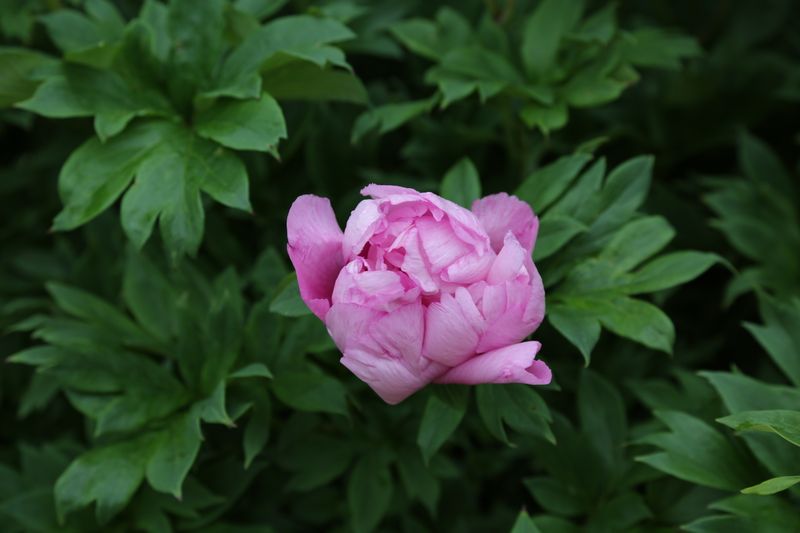
Understanding potential challenges is vital to keeping your peonies healthy. Here are common issues and how to address them:
Fungal Diseases: Peonies are susceptible to Botrytis blight and powdery mildew in humid conditions. Proper spacing, pruning, and avoiding overhead watering can minimize the risks. Infected leaves should be removed promptly.
Ants: While ants are often seen on peony buds, they are harmless and attracted to the nectar produced. However, if they become a nuisance, wash them off gently with a spray of water.
Wilting and Yellowing Leaves: This can indicate overwatering, underwatering, or nutrient deficiencies. Assess soil moisture and consider testing your soil to understand its nutritional makeup.
Conclusion: Cultivating Your Peony Paradise
Planting peonies is more than just placing the tubers in soil; it’s about creating an environment where these stunning flowers can flourish. With the right combination of sunlight, soil, space, and care, your peonies will reward you with an abundance of beauty that enhances any garden setting. By following the guidelines outlined above, you can ensure that your peonies will not only survive but thrive, bringing joy and vibrant color to your landscape for years to come.


